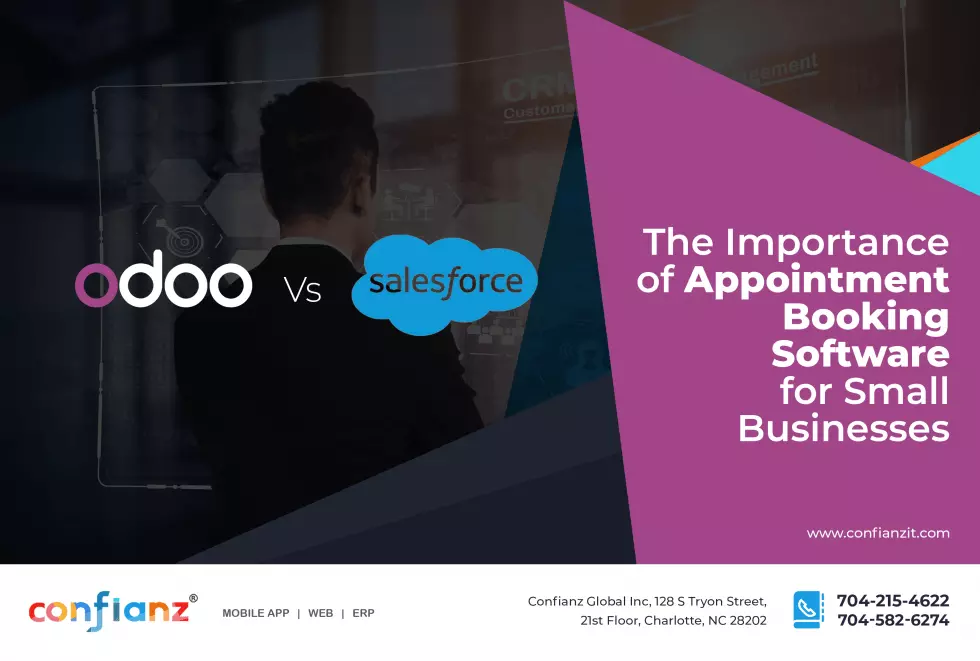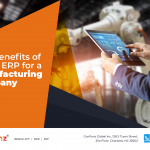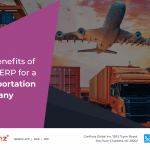When you’re choosing an Enterprise Resource Planning (ERP) software, it pays to compare and contrast before you pull the trigger. The ERP is the backbone of your business, and it’s no fun changing it if you don’t like it.
Odoo is an open-source ERP that provides a cost-effective and user-friendly solution for ERP, CRM, eCommerce, and more. On the other hand, Salesforce is a cloud-based CRM system that automates customer relationships from lead to loyalty.
In this article, we’ll break down both systems in detail and compare key features of each product to help you decide which one is better for your business.
Understanding Salesforce
Salesforce has been in the business of developing customer relationship management (CRM) software for 20 years.
One of the founders came up with the idea for the company during his time working as an IT consultant at Oracle Corporation. He wanted to create a database to help Oracle’s sales team manage their leads.
They have become one of the world’s most valuable technology companies, with over 100,000 customers in 193 countries.
What types of companies use Salesforce?
Salesforce is used by an extensive range of companies, from small start-ups to Fortune 100 businesses.
Most small businesses use Salesforce because it provides a single database to manage their customer, inventory, and product pipeline data. For larger enterprises, Salesforce offers a comprehensive CRM system that can keep track of data from all over the business in real-time.
A range of industries uses Salesforce to provide CRM and marketing automation tools. These industries include the following:
- Healthcare
- Retail
- Finance
- Nonprofit
- Government
Nonprofits and educational organizations also use Salesforce for fundraising purposes. It has helped raise over $3 billion for good causes.
How much does Salesforce cost?
The platform comes in three versions: Salesforce Standard Edition (formerly known as Salesforce CRM), Salesforce Professional Edition, and Salesforce Enterprise Edition (formerly known as Salesforce Marketing Cloud).
The cost per user depends on the package chosen. The price starts at $25 per month for the Basic edition and goes up to $300 per user.
Salesforce is feature-rich, but you pay for what you get. Along with subscription fees, there’s a pretty hefty cost for customizing the software.
They do offer a free trial, but there’s no free version.
What are Salesforce’s features?
The list of features in Salesforce is very long. These are just a few from the list:
- Activity Dashboard
- Campaign Management
- Cataloging/Categorization
- Reporting/Analytics
- Collaboration Tools
- Commission Management
- Pipeline Management
- Accounting Integration
Salesforce integrates with a range of other apps and software that make it perfect for pretty much any type of business. Some of these apps are Microsoft Dynamics, NetSuite, and WordPress.
The integration of these features and the accessibility from different devices make Salesforce one of the most popular systems in use today.
How do I access Salesforce?
Salesforce is available on three different platforms—Cloud, Mac OSX, and Windows OSX. In addition, Salesforce also has mobile versions of its apps available on Apple iOS and Android OS devices.
How is Salesforce hosted?
Salesforce is cloud-based. The software was initially offered as an on-premises solution, but it is now available as a SaaS (software as a service) product. Now, the most recent version of Salesforce has been completely rewritten to be cloud-native from the ground up.
Salesforce relied on a single server in a data center for the past two decades, which they call “the box.” Unfortunately, this centralized way of doing things made Salesforce limited in terms of scalability and flexibility.
They have shifted to being more resilient, with multi-data centers that run on thousands of servers instead of just one.
Understanding Odoo
Odoo is a complete enterprise resource planning software. Businesses can use it for inventory management, customer relationship management, human resources, production planning, and much more. Odoo is one of the best business solutions that are currently available in the market.
Odoo has been around for over a decade and has grown exponentially in recent years. The core software is open-source, but other edition options are available if you’re looking to invest in an enterprise system.
The founders were convinced that it was possible to develop an easy-to-use open-source ERP software available for everyone to use at a reasonable price. The company has offices in Paris, New York City, and San Francisco Bay Area, with over 650 employees worldwide.
What types of companies use Odoo?
Odoo is a suite of business applications that is used by companies in various industries and sectors.
Some of the industries and sectors where Odoo can be used include:
- Manufacturing and distribution
- Logistics and transport
- Service
- Hospitality
- Healthcare, pharmaceuticals, biotechnology, life sciences
- Insurance
- Ecommerce
Because Odoo is so customizable, virtually any company in any industry can make the program work for them.
How much does Odoo cost?
There are two major Odoo editions: the free Odoo Community and the paid Odoo Enterprise. Since Community is open-source software, it will always be free to use.
The price of Enterprise is dependent on which apps you choose and the number of users. Module price fluctuates from $12 to $48 per month. There is an option to pay yearly that comes with a discount. You can pick as many users and modules as you need and add as you go along if needed.
For the price, businesses get access to modules that they wouldn’t with Odoo Community. The implementation ranges in cost depending on how large your business is, or you can take the DIY approach.
What are Odoo’s features?
The paid version has a wide variety of features that cater to the needs of different businesses. There are thirty in all, some of which are:
- Integrated CRM
- Inventory management
- Unlimited product types
- Salesforce automation tools
However, this is where Odoo shines. Since it’s open-source, there are thousands of apps developed by third parties to fill any need you have.
How do I access Odoo?
Odoo offers four different apps to suit your needs: a desktop version, a web version, an Android app, and an iOS app. You can access the Community Edition on the web or desktop, whereas the paid Enterprise Edition is also available on mobile.
How is Odoo hosted?
Odoo offers three types of hosting: Cloud hosting (which only includes standard modules), on-premise, and odoo.sh (which includes third-party add-ons).
Conclusion
Odoo offers a lot of customization, while Salesforce is more complex in terms of its architecture. Where Odoo is faster and has a cost-effective approach, Salesforce excels by having more sophisticated features. Salesforce is best suited for large enterprises with multiple departments, while Odoo can work for any business, even freelancers.
Call us if you need any help picking the right ERP or require assistance with optimization. We’re happy to share our expertise and advice on implementing Odoo with you to help you boost your business efficiency and productivity!
Other ERP Comparison:
- Odoo vs SAP
- Odoo vs Sage
- Odoo vs ERPNext
- Odoo vs SugarCRM
- Odoo vs Zoho
- Odoo vs Microsoft Dynamics
- Odoo vs NetSuite
- Odoo Community vs Odoo Enterprise
- Odoo vs Xero
Need an Odoo developer?
Hire Odoo developers to work on your dream project at an affordable rate from Confianz Global®







